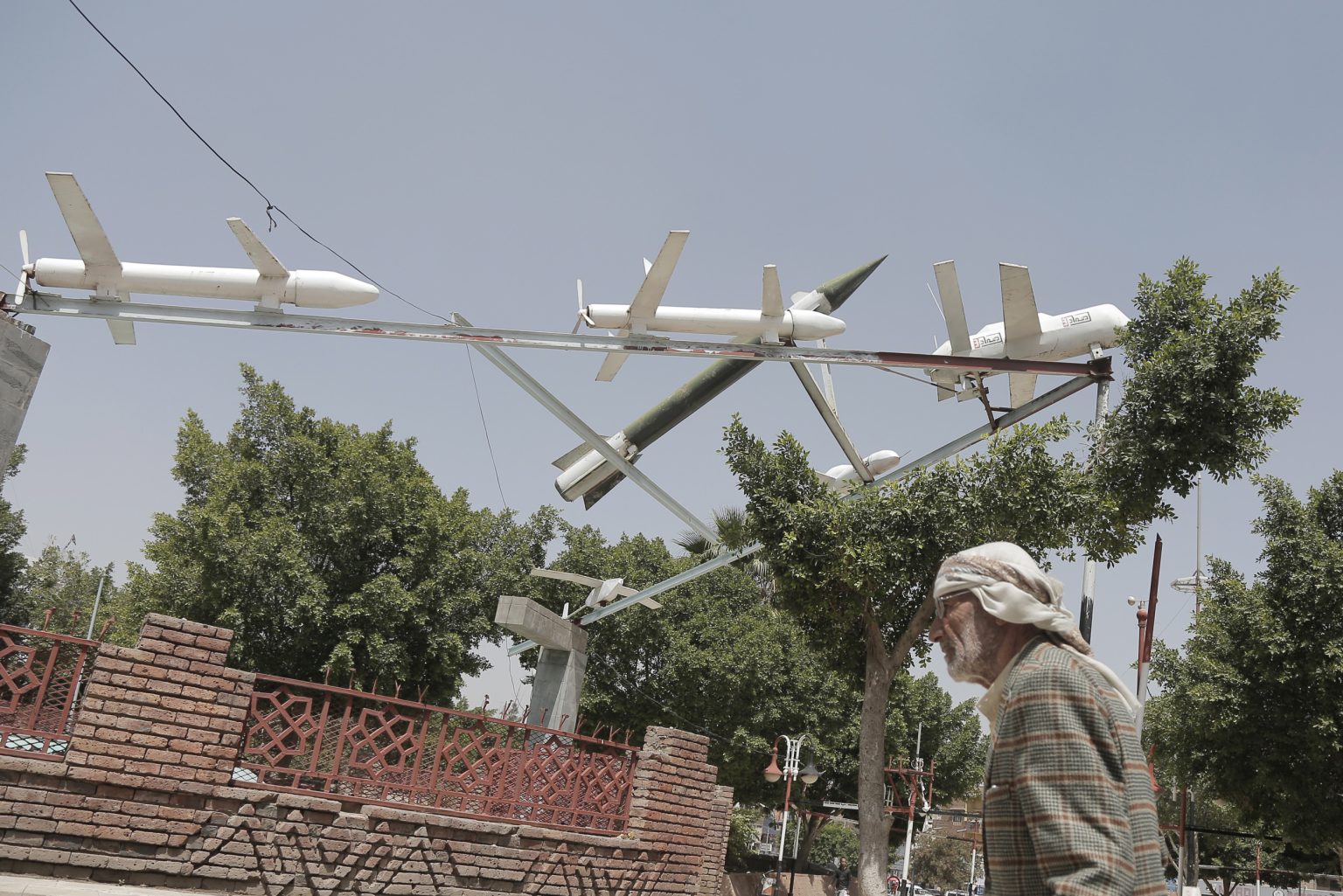Over the weekend, the U.S. and its allies in the Red Sea region successfully took down five drones operated by the Houthi movement, a group backed by Iran. These drones were deemed to be an “imminent threat” and were launched from Houthi-controlled areas in Yemen. U.S. Central Command reported that one drone was destroyed over the Gulf of Aden on Sunday, while three were taken down over the Red Sea on Saturday. An additional drone released from Yemen over the Gulf of Aden was also destroyed by coalition forces on Friday. These actions were taken to protect coalition forces and merchant vessels in the region and to ensure the safety of international waters.
U.S. Central Command emphasized that these drone attacks did not result in any injuries or damages to U.S., coalition, or merchant vessels in the region. The coalition’s response to these threats was aimed at safeguarding freedom of navigation and making international waters safer and more secure for all parties involved. The U.S. and its allies take such threats seriously and are prepared to respond swiftly and decisively to protect their interests in the region. The successful neutralization of the drones demonstrates the effectiveness of the coalition’s defensive measures in responding to hostile actions by groups like the Houthis.
In a recent statement, a senior official from the Houthi movement reiterated their commitment to defending themselves and their allies in the event of foreign aggression. The Houthi group, also known as Ansar Allah, has been involved in maritime attacks against commercial ships in the region, as well as launching missile and drone strikes against Israel. The recent targeting of Israeli ships in the Gulf of Aden and the Indian Ocean, along with attacks on commercial vessels, has raised tensions in the region. The Houthi group has made it clear that their actions are in response to Israel’s offensive against Gaza and will continue until the conflict is resolved.
The ongoing conflicts and hostilities in the region have led to increased military activities by various groups, including the U.S. and its allies in the Red Sea region. The threat of drones and other unmanned aerial systems being used for attacks has become a major concern for security forces and naval patrols in the area. The successful interception and destruction of the Houthi drones by coalition forces highlight the importance of vigilance and preparedness in dealing with such threats. These incidents serve as a reminder of the complex and interconnected nature of conflicts in the Middle East and the challenges faced by regional powers in maintaining stability and security.
The geopolitical dynamics in the region have been further complicated by the involvement of Iran, a major ally of the Houthi movement. The support provided by Iran to groups like Ansar Allah has escalated tensions and contributed to the escalation of conflicts in the region. The U.S. and its allies have been monitoring these developments closely and have taken proactive measures to counter threats posed by Iran-backed groups in the Red Sea and Gulf of Aden. The recent drone attacks and the resulting response by coalition forces underscore the ongoing struggle for control and influence in the region, with multiple parties vying for power and asserting their interests.
As the situation in the Middle East continues to evolve, the U.S. and its allies remain committed to protecting their interests and maintaining stability in the region. The successful interception of the Houthi drones is a testament to the effectiveness of coalition efforts in countering threats and safeguarding maritime security. However, the underlying tensions and conflicts in the region persist, highlighting the complex and multifaceted nature of the challenges faced by all parties involved. The U.S. Central Command and its partners will continue to closely monitor the situation and take necessary actions to ensure the safety and security of international waters and the interests of the coalition in the Red Sea region and beyond.


